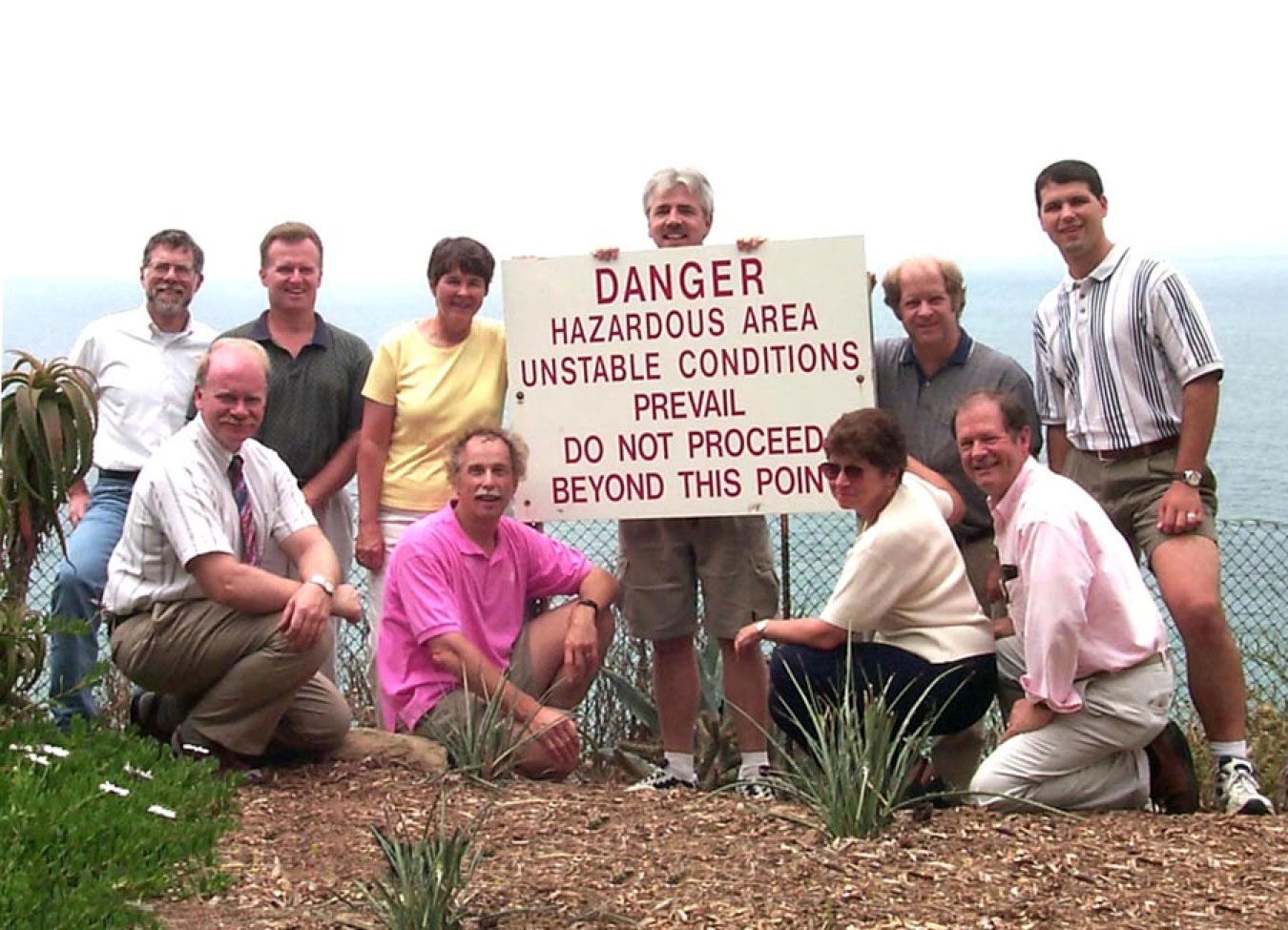A Look Back: Infrastructure Review Committee Helps Adjust Course of ARM
Published: 25 May 2023
Editor’s note: Ric Cederwall and Dave Turner prepared the following post as part of the yearlong “ARM30” series, which has recognized 30 years of ARM data. Cederwall supports metadata efforts within the ARM Data Center, and Turner is a senior scientist at NOAA’s Global Systems Laboratory. Turner co-edited the ARM monograph, a 2016 publication that chronicles ARM’s first 20 years. Both Cederwall and Turner have been involved in ARM since the early 1990s.
In 1999, the ARM Infrastructure Review (AIR) Committee was formed to evaluate the way the infrastructure was operating and how it could be more efficient. This was driven by the rapidly growing increase in required work to accomplish the ARM mission in a fixed-budget environment.
The AIR Committee was made up of longtime ARM infrastructure members, representing a range of key roles across site programs, operations, engineering, data systems, instruments, the data archive, and the scientific infrastructure. Warren Wiscombe, a member of ARM’s Science Team and future ARM chief scientist, was invited by ARM DOE management to participate as well. Their experience and expertise provided valuable guidance on how best to reorganize the infrastructure into a more efficient structure.
The members are shown below at a July 1999 meeting at Scripps Institution of Oceanography in La Jolla, California. The sign reflects the committee’s awareness that it didn’t want to steer ARM off the cliff.

The ARM infrastructure that had evolved in the early years of the program was site-centric. Each site was largely organized by a different DOE lab. The individual labs developed their own capabilities for their assigned sites, with each site having its own data systems teams, operations teams, and program offices. Such parallel development served ARM well in its early years, when early successes were required by DOE, but the lack of uniformity in how things were done across the sites was now limiting the opportunities for increased efficiency.
The AIR Committee met just a few times in person and used active email dialogues and multiple phone conversations to conduct a thorough review and share findings. This activity culminated in the final report, which was submitted to DOE management. The committee’s recommendations sought to maintain the multi-laboratory involvement but recognized that roles may need to be revised to achieve efficiencies. This became a challenge as the recommendations were implemented.
The AIR Committee recommended that the infrastructure be changed to a science-centric paradigm. This change was more of an evolution than a revolution because aspects of the ARM Program were already moving in that direction.
ARM, in coordination with DOE, proceeded with the committee’s recommendations. The individual data systems teams, operations teams, and program offices at each site moved into centralized ARM-wide operations and engineering groups. Increased uniformity was accomplished by developing common site operation procedures and common processes for developing site data systems, ARM software, and data products across all sites.
Common solutions enabled ARM’s data system to respond more readily to continued growth from new science themes. This led to a marked increase in the uniformity of data quality across the program, greatly increasing the scientific utility and ease of comparing observations from the various sites.
This restructuring led to the elimination of two infrastructure teams: the Data Science and Integration Team and the Instrument Team. In the absence of the Data Science and Integration Team, the program created the translators to be the scientific interface between the infrastructure and user community, and to serve as co-chairs for the scientific working groups. Without the Instrument Team, the instrument mentors became the key representatives of the instrument activities.
“The current ARM infrastructure continues to reflect the wise recommendations made by the AIR Committee over two decades ago.”
Ric Cederwall and Dave Turner
The restructured infrastructure was managed by the Infrastructure Management Team, led by the ARM technical director. This team also included the operations lead, engineering lead, data systems lead, and translators. With the science-centric focus of the restructured ARM infrastructure, it was key to have liaisons with the scientific working groups be an active part of the Infrastructure Management Team.
The current ARM infrastructure continues to reflect the wise recommendations made by the AIR Committee over two decades ago. Since that time, ARM has grown a great deal, especially in the amount of data collected and the climate regimes covered. The increased efficiency of the revised ARM infrastructure has been absolutely essential to handle the growth ARM has experienced.
Read more: The Atmospheric Radiation Measurement Program Infrastructure Review Report (AIR): Summary of Recommendations.
Keep up with the Atmospheric Observer
Updates on ARM news, events, and opportunities delivered to your inbox
ARM User Profile
ARM welcomes users from all institutions and nations. A free ARM user account is needed to access ARM data.


















